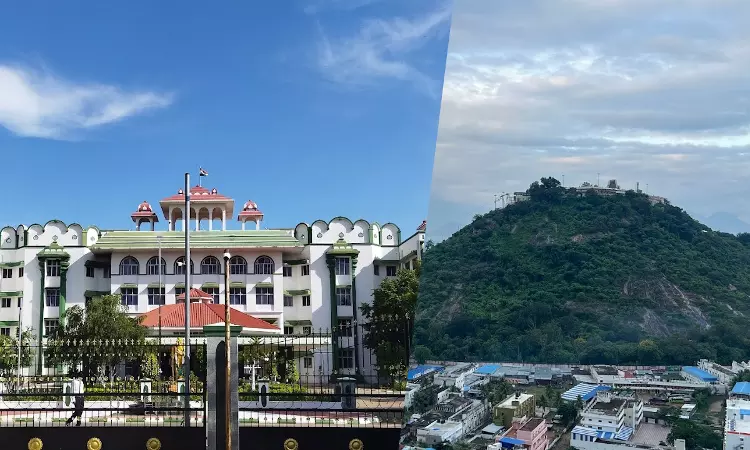Palani Temple Not A Picnic Spot, Cannot Allow Entry Of Non-Hindus Beyond Flagpole: Madras High Court
Upasana Sajeev
30 Jan 2024 6:24 PM IST

Next Story
30 Jan 2024 6:24 PM IST
While directing the state government to install boards indicating that non-Hindus are not permitted entry into the Palani temple beyond the flag pole situated at the entrance of the temple, the Madras High Court today emphasized that temples are not covered under Article 15 of the Constitution and hence restriction of entry for non-Hindus could not be said to be improper. The...
